Not Just Oranges: 10 Foods High in Vitamin C for Vital Health Benefits
Most people think of orange juice when it comes to vitamin C. However, many other foods are rich in vitamin C and worth adding to your daily diet for an antioxidant boost.
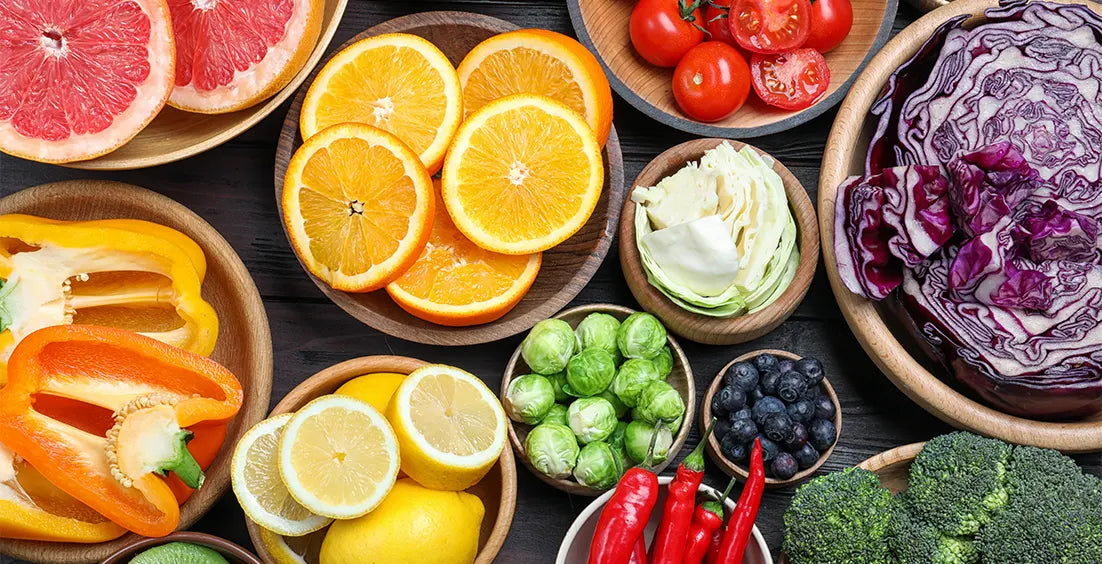
You may already know that vitamin C is a powerhouse nutrient and antioxidant that offers multiple benefits, including supporting heart, brain, and bone health, boosting collagen synthesis to tighten the skin, healing wounds, and strengthening immunity.
However, did you know that your body doesn’t produce it, so you have to get your supply from vitamin C foods alone? While most people in North America get sufficient levels, some individuals are deficient despite the great importance of this vital nutrient.
Fortunately, there are multiple foods high in vitamin C that you can eat, including fruits and vegetables like kiwi, papaya, mango - and yes, oranges and other citrus fruits. In this review, we explore the top foods to incorporate into your diet to boost your vitamin C levels and optimize your health and well-being.
Key Takeaways
- Vitamin C is a powerful antioxidant that helps support heart, brain, eye, and immune system health, rejuvenate the skin, heal wounds, and more.
- It's important to meet the recommended daily allowance by consuming foods high in vitamin C, as we don’t produce this nutrient naturally.
- Some of the most vitamin C-rich foods include kiwi, guava, Kakadu plums, papaya, strawberries, bell peppers, citrus fruits, kale, broccoli, and asparagus.
- If you have signs of a vitamin C deficiency like fatigue, bleeding gums, or joint pain, see a healthcare practitioner to discuss medical causes and consider taking a supplement.
What Are the Benefits of Vitamin C?
Also called ascorbic acid, Vitamin C contains powerful antioxidant properties that destroy free radicals in your system and lower oxidative stress and inflammation. This promotes body-wide repair, helping to strengthen the immune system and support other organs like the heart and brain. Other potential benefits include:
- Reducing Signs of Skin Aging - The antioxidants in vitamin C-rich foods help repair skin barrier damage and lower inflammation, and this nutrient also boosts collagen synthesis to tighten the complexion and help smooth wrinkles and fine lines. Other anti-aging benefits include slowing melanin production to help fade dark spots.
- Speeding up Wound Healing - Vitamin C increases collagen production to help speed up wound healing, and it is also high in anti-inflammatory properties which ease redness and swelling.
- Supporting Eye Health - The antioxidant properties of vitamin C repair cellular damage to the eye, and it may help protect from cataracts and slow age-rated macular degeneration.
- Enhancing Cognitive Function - Including foods with vitamin C in your diet helps protect your brain cells from damage, and it may increase the synthesis of neurotransmitters like acetylcholine and dopamine for potential improvements in learning, mood, and memory.
- Boosting Iron Absorption - Combining this nutrient with iron boosts its absorption, essential for functions like oxygen transport, immune function, and growth and development. Registered dietician Devon Peart, RD, MHSc, explains, “Consuming foods that are high in vitamin C in the same meal with iron-rich plant foods boosts the bioavailability of the iron, meaning that you absorb more of it .”
How Much Vitamin C Do We Require Daily?
Before we explore the best foods with vitamin C to include in your diet, it’s important to understand how much of this key nutrient you should consume daily.
The optimal vitamin C intake varies somewhat due to gender, age, weight, and health status. According to the National Institutes of Health, these are the Recommended Dietary Allowance (RDA) guidelines for adults,
Smokers require higher levels, and should add 35/mg daily to these estimates:
- Men - 90mg/daily
- Women - 75mg/daily
- Pregnant Women - 85mg/daily
- Lactating Women - 120 mg daily
Which Foods Are Highest in Vitamin C?
The most vitamin C-rich foods include several delicious fruits and vegetables to enrich your plate and palate. As a bonus, they are all high in other essential nutrients and many contain digestion-regulating, hunger-curbing fiber. These are the top 10 best vitamin C foods to include in your diet.
- Guava: One of the richest sources, each tropical guava fruit contains 125 mg of vitamin C or 138% of the RDV. Also high in other nutrients and antioxidants like vitamin A, lycopene, magnesium, and potassium, guava helps fill deficiencies, strengthen immunity, and support heart health. It has anti-viral and anti-bacterial properties to ward off infection, and fiber to help enhance digestion, ease gas and bloating, curb hunger, and balance metabolic parameters like blood sugar and cholesterol levels.
- Kakadu Plums: Native to Australia, this superfood fruit is the most vitamin C-rich food in existence with 436 mg in each plum as well as iron, copper, and dietary fiber. It’s more than worth tracking down for its potential benefits to immunity, heart health, skin rejuvenation, digestion, and overall well-being.
- Bell Peppers: Adding bell peppers to a salad spruces up the color, and they make a delicious sliced snack. While high in vitamin C, the amount varies depending on the color. Orange tops the list with 237 mg each, and red is a close second at 213 mg. You’ll get 208.5 mg from a yellow pepper and 149.25 mg from the green variety. Bell peppers also have vitamin A, fiber, and potent antioxidants for immune system, heart, and gut health benefits.
- Papaya: This tasty tropical fruit is packed with multiple antioxidants, including 88 mg of vitamin C per cup for 98% of the RDV. In addition, it includes vitamin A, folate, lycopene, potassium, fiber, and magnesium. A papaya a day helps support heart, eye, and immune health, decrease inflammation, enhance digestion, and enrich the skin.
- Kale: This leafy green, cruciferous vegetable is a powerhouse superfood, rich in fiber, folate, lutein, and zeaxanthin, and vitamins A, C, E, and K. It helps support eye bone, heart, and skin health, strengthen immunity, and balance cholesterol. You get much more vitamin C if you eat kale raw, at 93 mg per 100 grams. Cooking decreases its content to 21 mg per cup, although boiling or frying may preserve more of the nutrient.
- Kiwi: While native to Southwest China and named in New Zealand, the sweet kiwi is available worldwide and highly popular with fruit lovers. You’ll get 56 mg of vitamin C from a medium-sized kiwi, making it more than worth it to add them to your fruit salad or cut them up as a snack. Kiwis are also packed with other rich nutrients like vitamins E and K, folate, magnesium, potassium, and fiber.
- Strawberries: Few do not enjoy the taste of sweet strawberries, added to yogurt, fruit salad, or as a quick snack. A cup of sliced strawberries has 97 mg of vitamin C, providing you with 108% of the RDV. They also contain powerful flavonoids for added immune support, and including them in your regular diet may help support heart health and prevent some chronic health conditions .
- Broccoli: Many people prefer their broccoli cooked, but it's richest in vitamin C in raw form as a crunchy snack, at 81.2mg per cup. While boiling or stir-frying can decrease levels by about 35%, steaming broccoli helps retain much of its nutritional value. This nutrient-rich, immune-boosting vegetable also has vitamin K, iron, potassium, and fiber.
- Citrus Fruits: As you may well know, citrus fruits offer a wealth of vitamin C as well as fiber, potassium, B vitamins, magnesium, and other key nutrients. One medium orange contains 83 mg, and an average-sized lemon provides 45 mg. You can also try limes, grapefruit, and mandarins for a rich vitamin C source, offering potential benefits to immune, brain, heart, kidney, gut, and skin health.
- Hot Chili Peppers: If you love adding spice to your meals, hot chili peppers should be high on your list of vitamin C-rich foods - and make sure they are raw for the highest potency. When it comes to this nutrient green is best, as one raw pepper has 109 mg of vitamin C compared to 65 mg in the red variety. Chili peppers also have vitamins A, B6, and K, potassium, and other key nutrients.
Also Read - What Foods are High in B Vitamins
Should You Consider Vitamin C Supplements?
If you have difficulty finding foods with vitamin C you enjoy among the list and consume less than 10mg daily, you could develop a vitamin C deficiency. In extreme cases, this can lead to a disease called scurvy, which if left untreated can cause long-term health issues like bleeding complications, bone pain, and even heart failure.
Signs that you are not taking in enough of this vital nutrient may include:
- Fatigue
- Irritability or depression
- Inflamed or bleeding gums
- Joint and/or bone pain
- Poor wound healing
- Dry, rough-textured skin
- Splitting hair and nails
If you know you are not getting enough vitamin C foods in your diet or you think you are deficient despite what you eat, consider taking a daily supplement to meet the RDA Consult with your healthcare practitioner to discuss this option, establish optimal daily dosages, and explore possible medication reasons causing the deficiency.
LEARN MORE - What Does Vitamin C Do For Your Skin?
Conclusion
Well-known for its immune-boosting properties and benefits to the brain, heart, skin, joints, and overall health, vitamin C is a vital antioxidant. Because our bodies do not produce it, taking in enough vitamin C-rich foods daily is essential to optimal health and functioning.
While you may know that citrus fruits like oranges are high in this nutrient, there are multiple other delicious options including bell peppers, guava, strawberries, broccoli, kale, kiwi, and asparagus that you can incorporate into meals, snacks, and salads to increase your intake.
If you suspect that you may be deficient in this key nutrient, consider taking a supplement along with increasing your intake of vitamin C foods. Consult with a healthcare practitioner to discuss this option, and explore potential medical causes for your nutrient deficiency.
About WOWMD Staff
The WOWMD Staff category features a diverse team of writers, each bringing specialized knowledge in areas such as nutrition, fitness, wellness, and more. Articles in this category benefit from insights provided by multiple experts. All content is peer-reviewed and regularly updated to ensure compliance with our editorial standards.
References
- Topical Vitamin C and the Skin: Mechanisms of Action and Clinical Applications: https://pmc.ncbi.nlm.nih.gov/articles/PMC5605218/
- Inverse Association of Vitamin C with Cataracts in Older People in India: https://pmc.ncbi.nlm.nih.gov/articles/PMC3185206/
- 5 Ways Vitamin C Keeps You Healthy: https://health.clevelandclinic.org/vitamin-c
- Vitamin C: https://ods.od.nih.gov/factsheets/VitaminC-HealthProfessional/#h2
- Effect of Guava in Blood Glucose and Lipid Profile in Healthy Human Subjects: A Randomized Controlled Study: https://pmc.ncbi.nlm.nih.gov/articles/PMC5071920/
- Promising Health Benefits of the Strawberry: A Focus on Clinical Studies: https://pubmed.ncbi.nlm.nih.gov/27172913/
- Global Vitamin C Status and Prevalence of Deficiency: A Cause for Concern? https://pmc.ncbi.nlm.nih.gov/articles/PMC7400810/
Evidence Based Research
This WOWMD content has been reviewed, as well as checked for facts, so as to guarantee the best possible accuracy.
We follow a strict editorial policy, especially related to the sources we use. Our articles are resourced from reputable online pages, with research drawn from academic institutions and peer-reviewed studies. You can click on the numbers in the parentheses (1, 2, etc.) and check out those references.
The feedback form on this page can be used to report content that is not accurate, up-to-date or questionable in any manner.
We do NOT intend for the information presented through our articles to replace the medical relationship with a qualified physician, nor does it represent specialized advice.


 Skin Detoxification Bundle
Skin Detoxification Bundle Complete Weight Loss Bundle
Complete Weight Loss Bundle Heart Care Bundle
Heart Care Bundle Better Immunity Bundle
Better Immunity Bundle  Men's Immunity & Prostate Health Bundle
Men's Immunity & Prostate Health Bundle Stress + Energy + Wellness Combo
Stress + Energy + Wellness Combo  Energy Booster Combo
Energy Booster Combo Natural Skin Care Bundle
Natural Skin Care Bundle Workout Supplements Combo
Workout Supplements Combo Cognitive Health & Vision Combo
Cognitive Health & Vision Combo Joint Health Support Combo
Joint Health Support Combo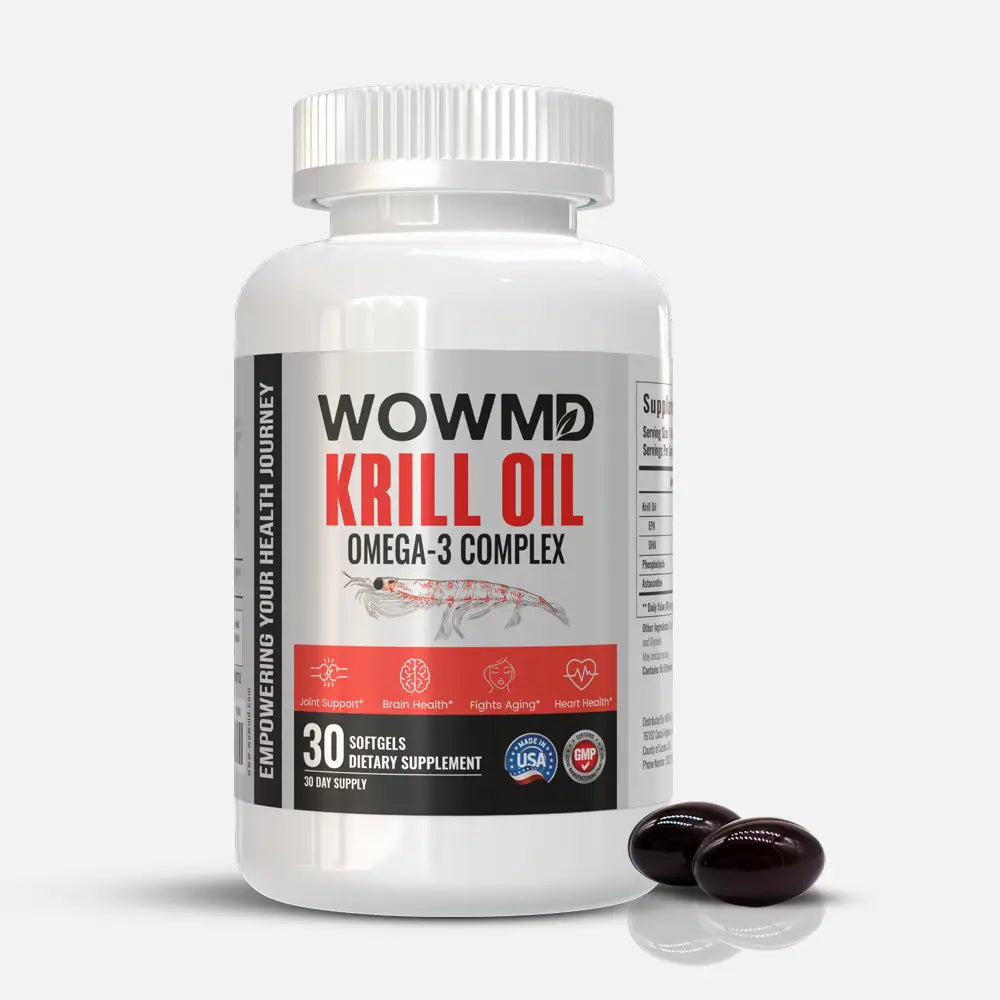
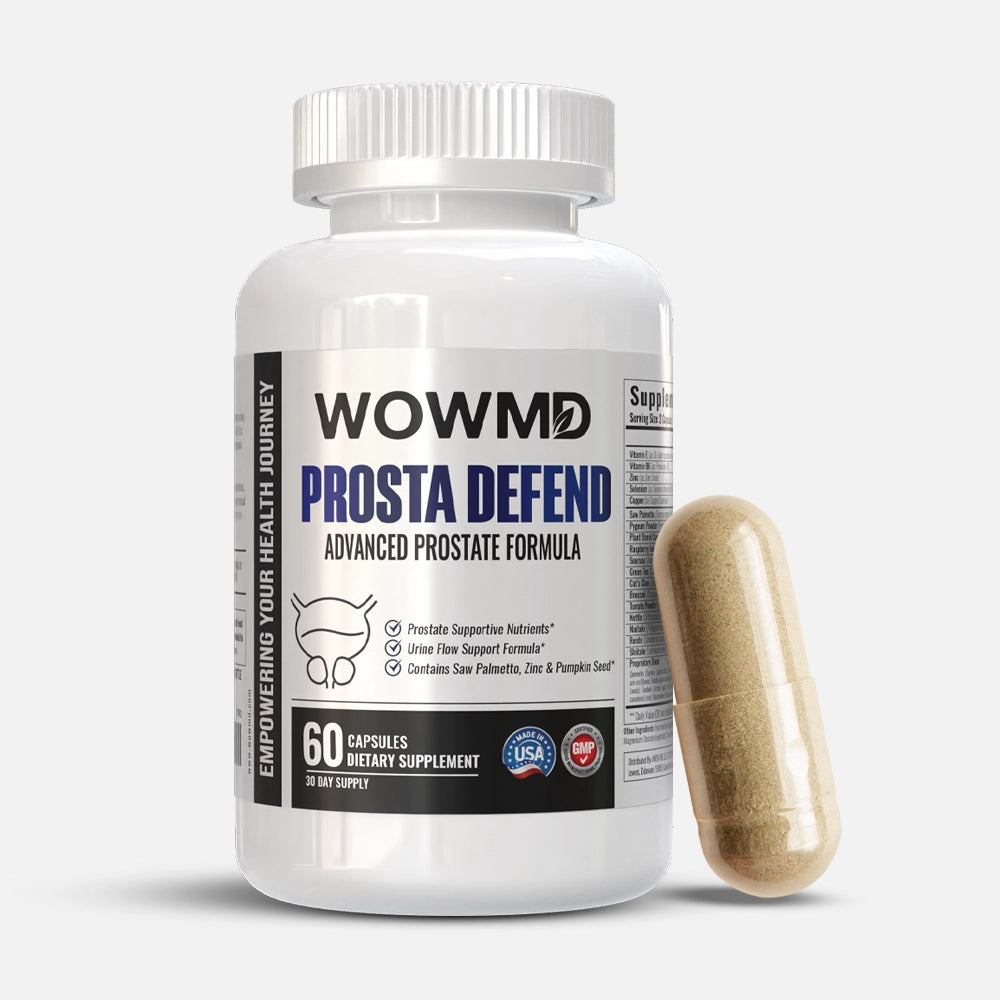

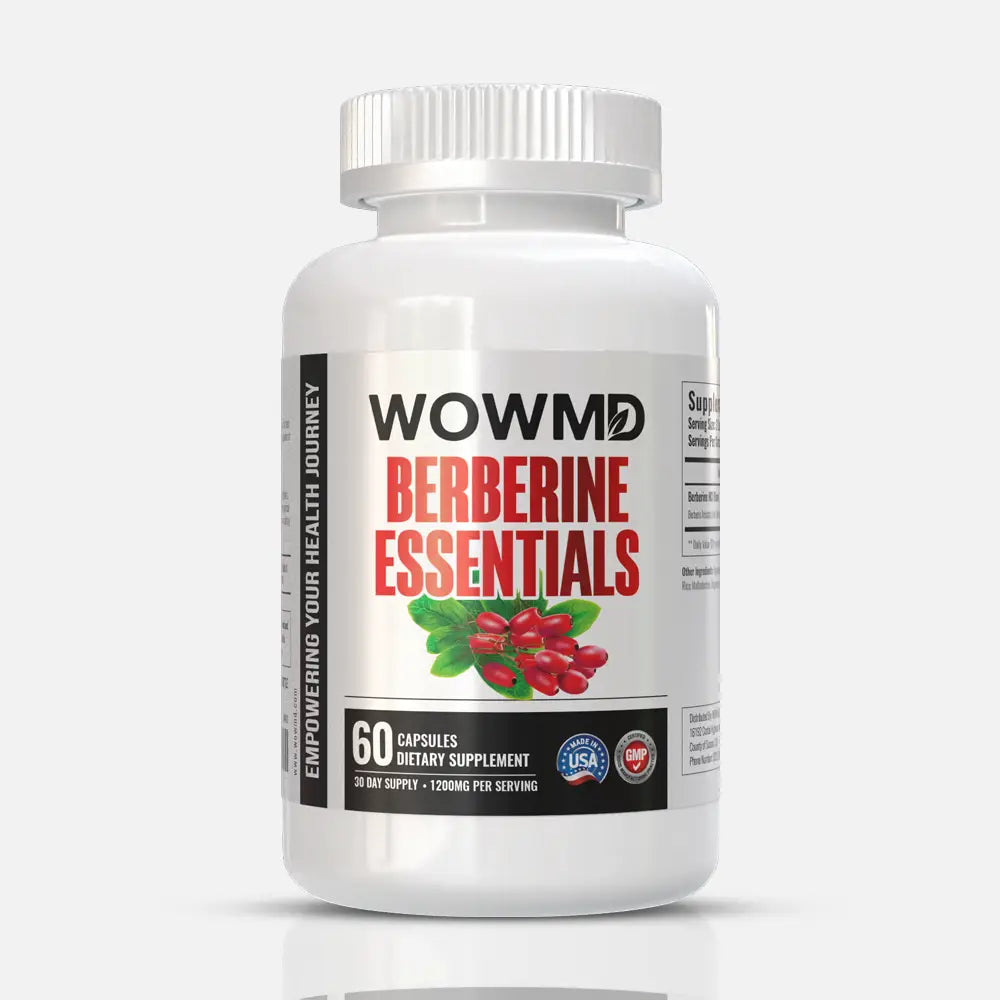
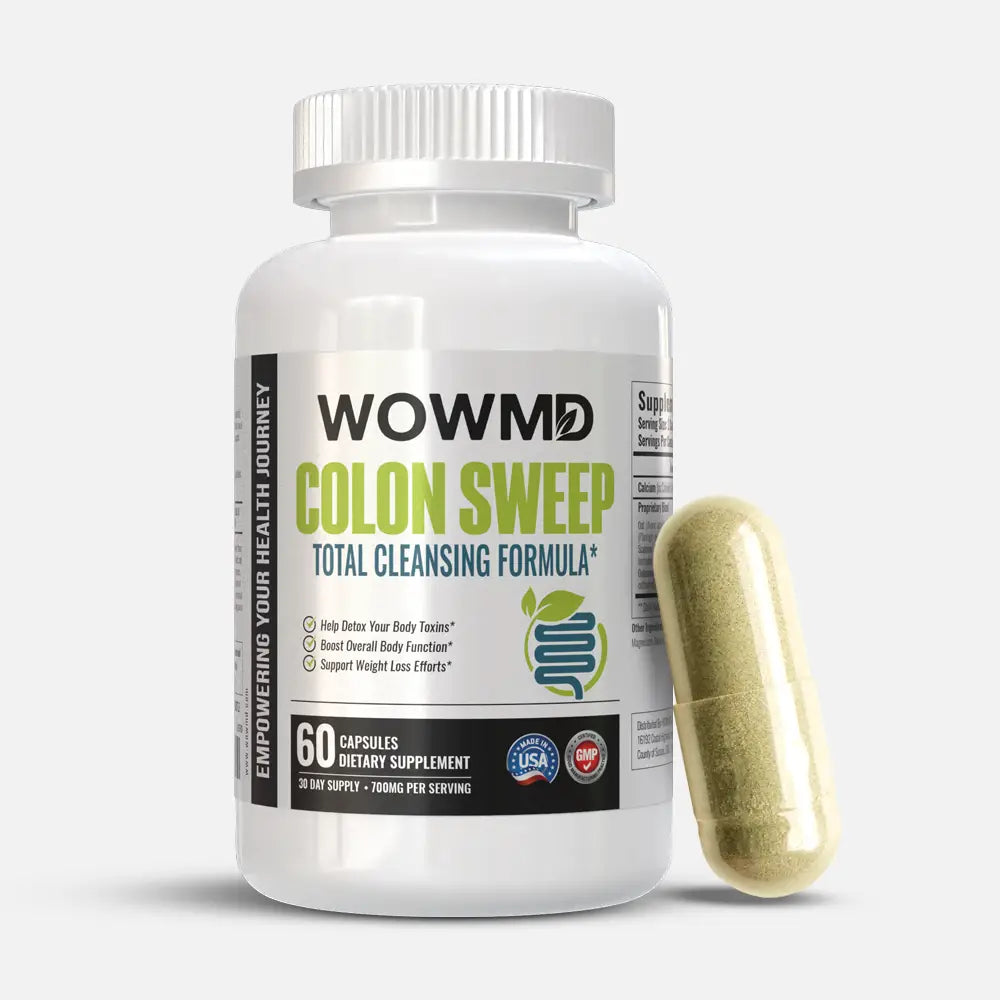
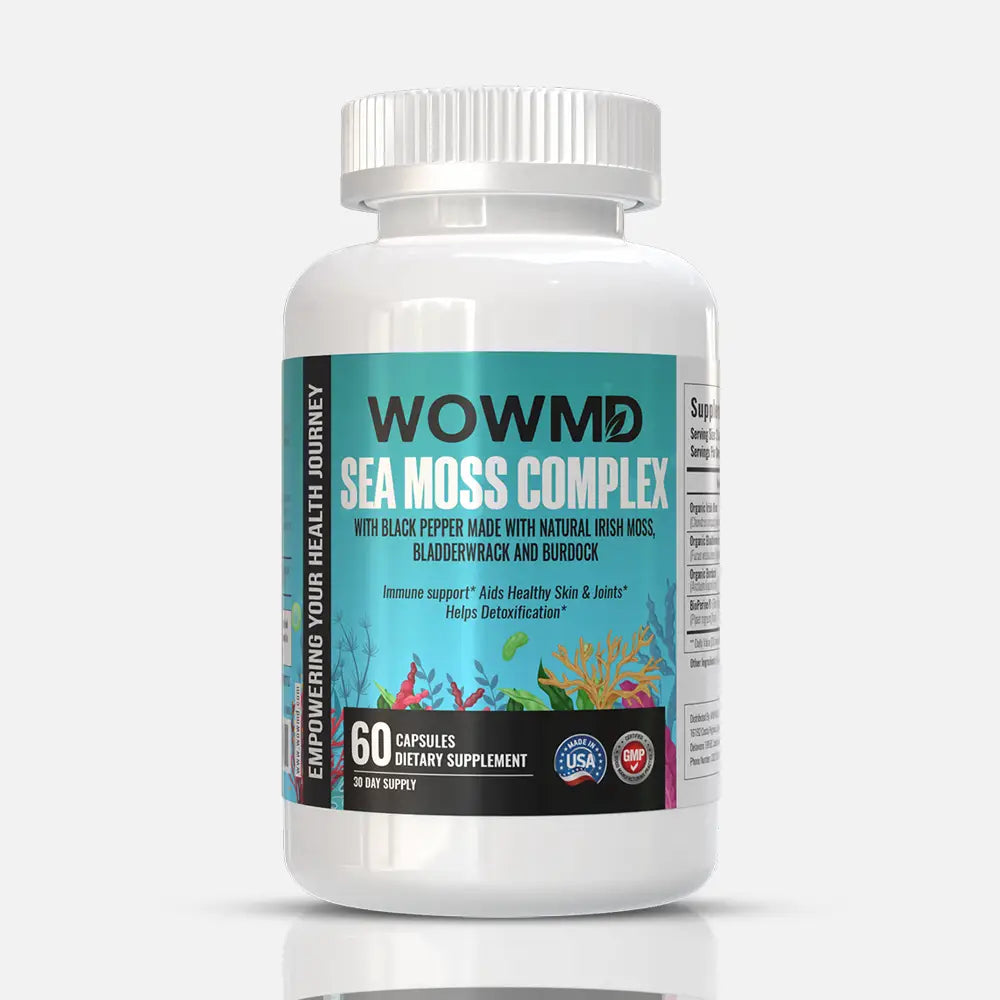

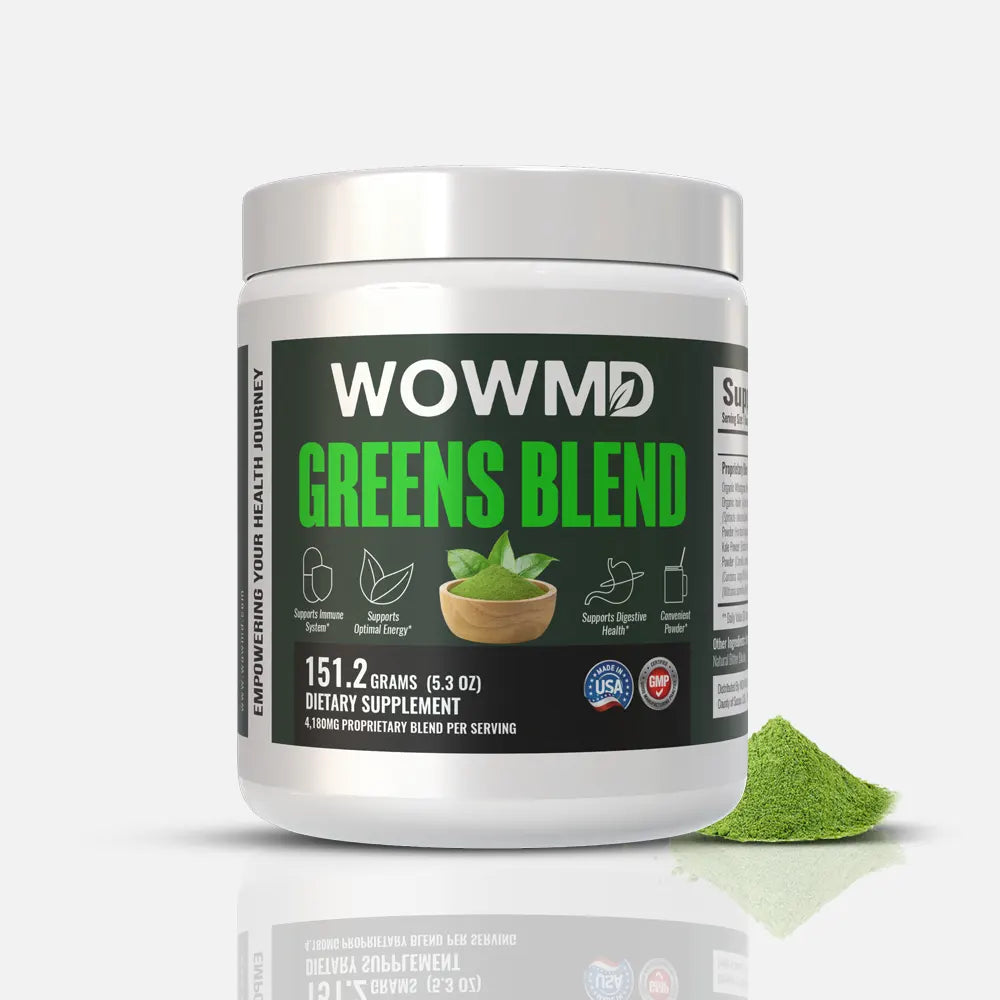
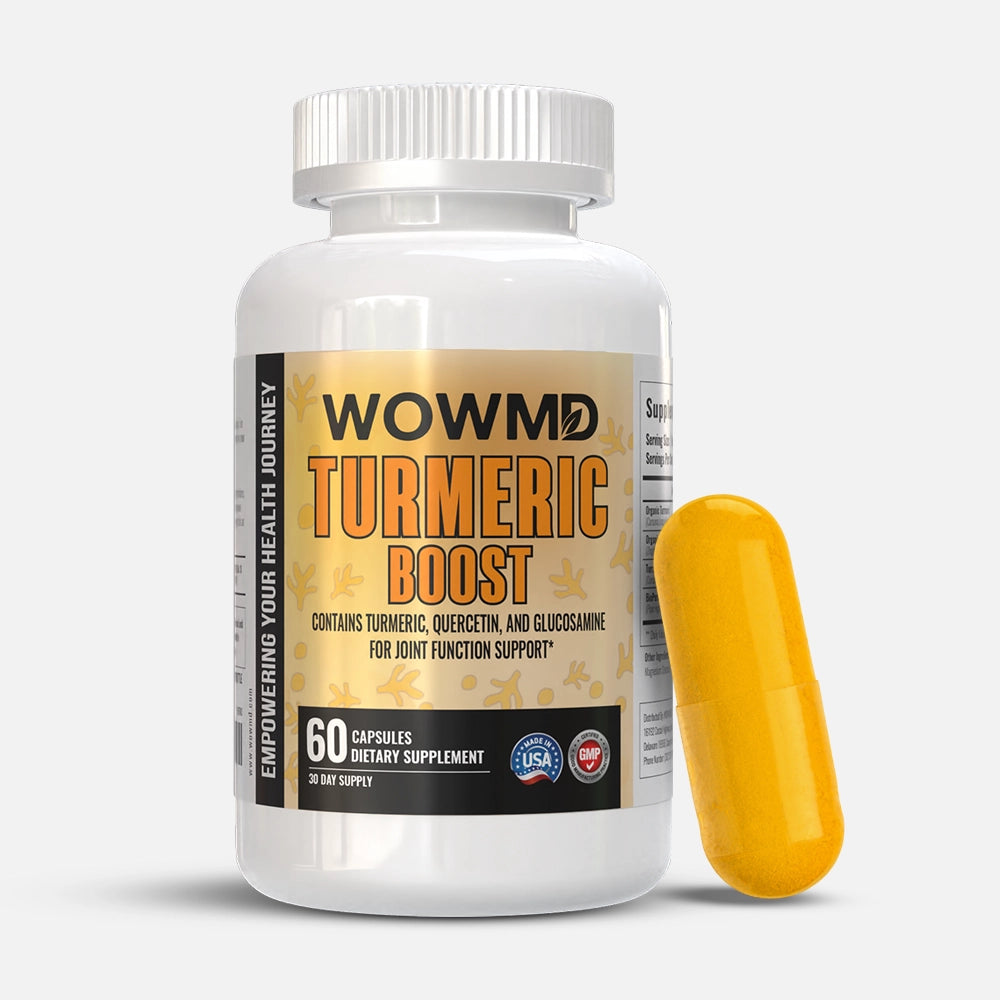









 By WOWMD Staff
By WOWMD Staff